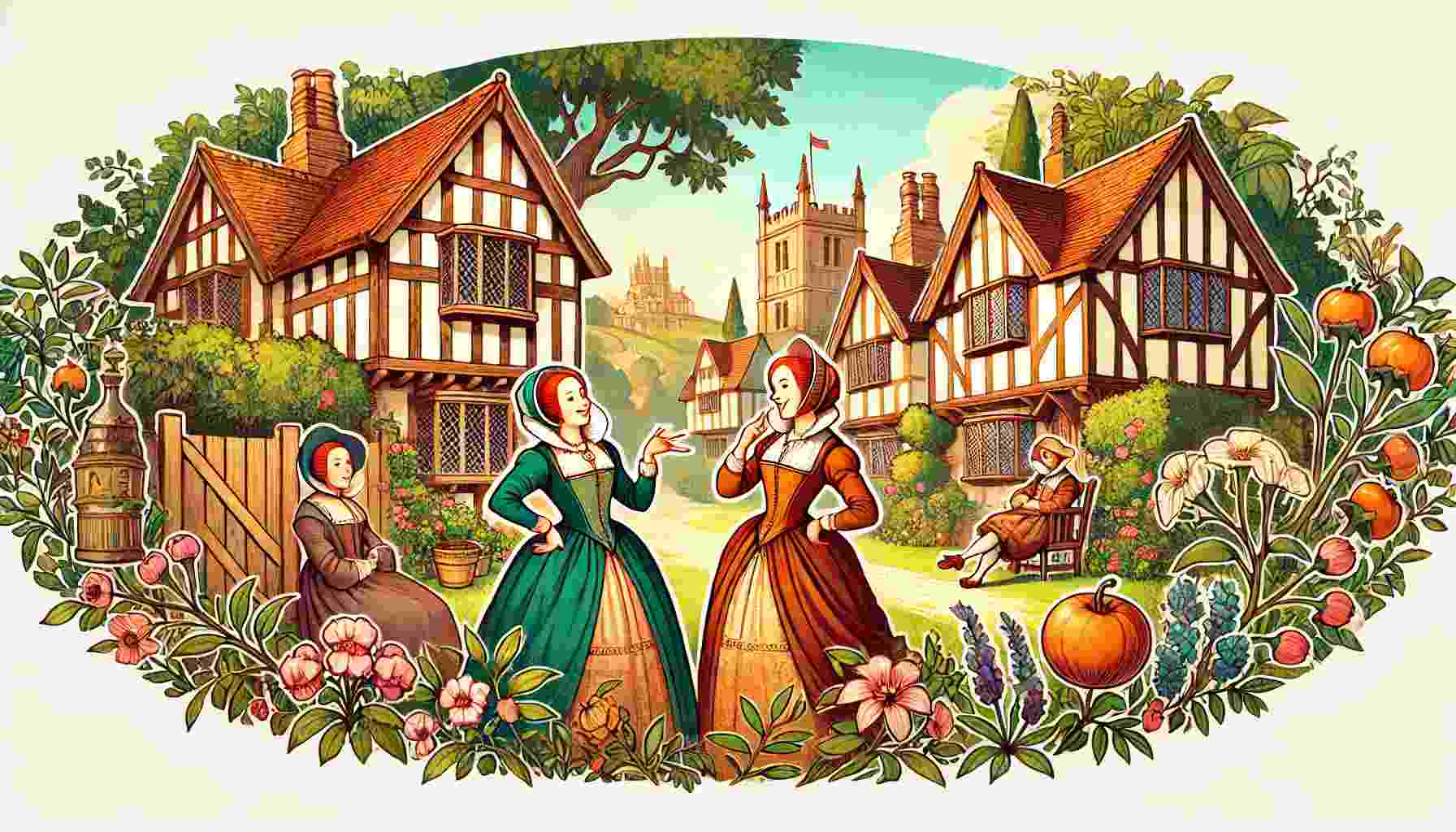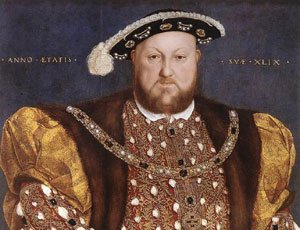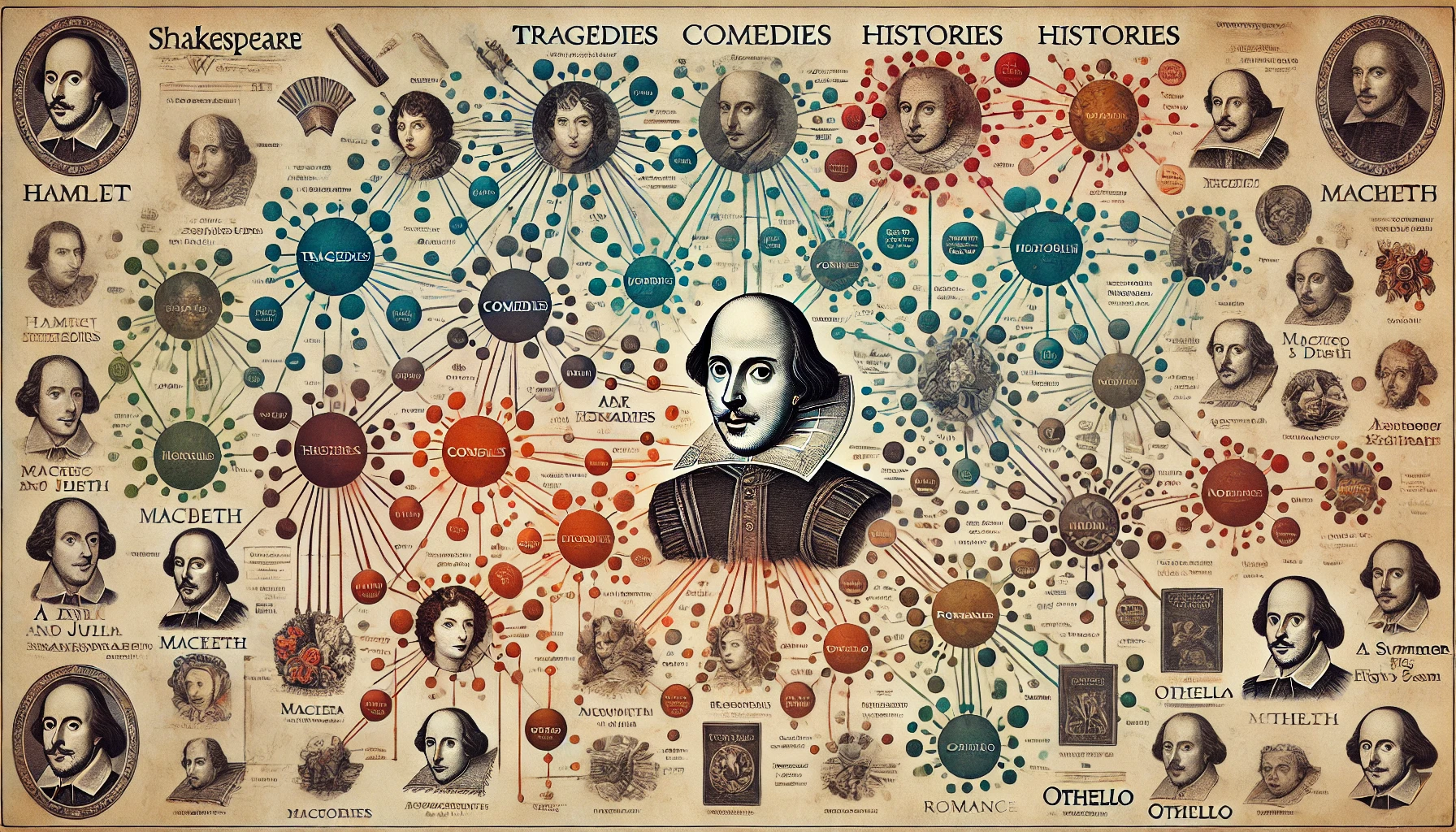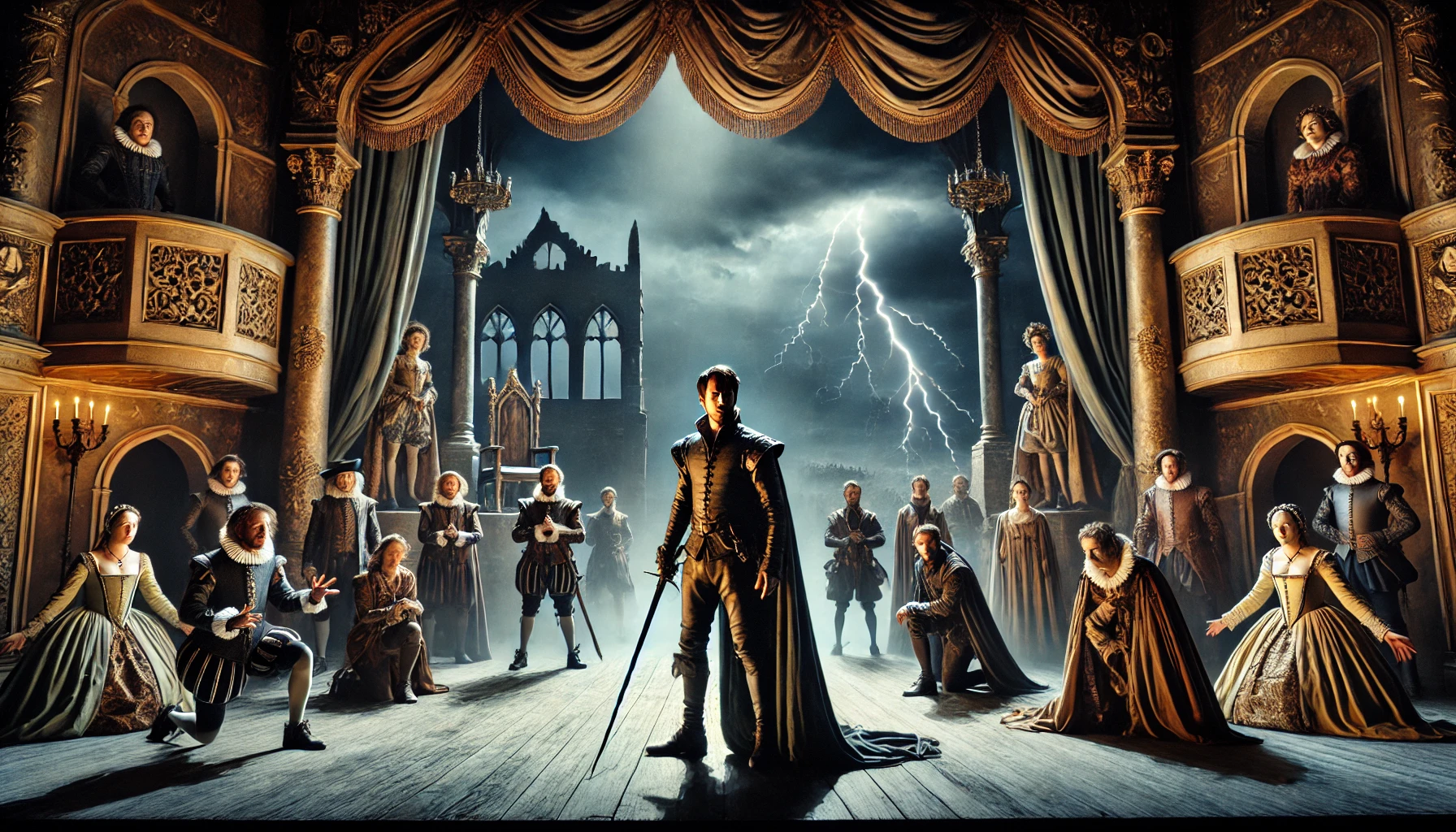Life
John Donne was born in 1572 ; his father was a London ironmonger of some wealth. Both he and Donne’s mother were Roman Catholics and Donne received a Roman Catholic education before going to Oxford, when he was eleven. In 1592 he entered the Inns of Court in London, to study law. It was in these years that Donne wrote his early love lyrics and satires, which circulated privately among his friends and were much admired. In 1596 preparations were being made for an expedition against Spain; Donne volunteered and for the next two years experienced action, adventure and excitement and witnessed historic events. In 1598 he was appointed private secretary to Sir Thomas Egerton, one of the highest officials in Elizabeth’s government and his prospects of a successful
career were bright. What ruined them for ever was his clandestine marriage in 1601 with the sixteen-years-old Ann More, niece of his employer. Ann’s father, a rich influential country gentleman, had Donne dismissed from his job. In sixteen years John and Ann had twelve children and their life was marked by illness and poverty, since Donne could obtain no regular post. During these years many
people, including King James, recognized his potential as religious thinker and preacher and urged him to take holy orders, which he did in 1615. From being appointed Chaplain to the King soon after his ordination he became Dean of St. Paul’s. He was one of the greatest preachers of all times and his sermons were major London occasions, attracting the crowds, but he virtually ceased to be
a poet. He died in 1631 and was buried in St. Paul’s Cathedral.
Main Works
Donne’s reputation as a poet and his influence on other writers were chiefly posthumous. His sermons made him famous and respected throughout the city of London, while his poetry was a private occupation, little known outside the circle of friends who saw his work in manuscript form. The poems were first published in 1633, two years after his death. His literary production, as a whole, includes:
- Song and Sonnets, a collection of love poems remarkable for their realism, psychological penetration and, above all, for the range and the variety of mood, corresponding to a variety of tone and style
- Elegies, love-poems, not poems of death as the title might suggest
- Satires, adaptation to contemporary life of stock Latin themes
- Letters
- Divine Poems, including the Holy Sonnets
- Sermons or Meditations, extremely expressive works, a view of reality which denied the identification of the individual with an island and saw him in relation to the universe, as part of mankind
Poetry
Donne is commonly considered a great literary innovator of his age since he chose to do something different from his predecessors and from those of his contemporaries who were still exploiting and developing the existing modes. He sacrificed melody, courtly grace, mythological enrichment and created a peculiar way of writing which turned around things : wit and conceit. These
devices obviously affected Donne’s choice of language and form, imagery and style.
The first point likely to strike the reader is the surprising directness of the speaking voice, so that the immediate effect is that of vivid speech. Donne prefers to express himself in vigorous language, with the impatience or excitement of a man deeply absorbed in his private experience.
Another aspect of this dramatic quality of Donne’s poetry is the variety of tone and register. The speaking voice takes on many inflections and intonations; from an assertive to a meditative tone, from coarse cynicism to enigmatic irony. Donne’s imagery is also impressive for its range and variety and its rejection of the conventionally ornamental. He is intensely aware of the physical body, yet of
its mystical potential as well. The struggle between spiritual and physical accounts for much of the tension in his work. So it is not surprising that religious metaphors should be frequently used in his love poems, just as metaphors of physical love appears in the Divine Poems. The most powerful and pervasive image in Donne is that of “Death”, often connected with darkness and sickness.
Another major image is that of “World”: the Lovers are the world, their love embraces the entire world; or they are another world in themselves, or two worlds joined. Other recurring images in Donne draw upon current beliefs in metaphysics, cosmology, natural science, medicine, alchemy and geography; the intellectual argument is always controlled to generate a profound and intense
emotion. These unusual and intellectual metaphors are called “conceits”, used by Donne to bring all his interests into poetry; no part of his experience is regarded as un-poetical, all is equally available to him, in the act of composition.
A final feature which distinguishes Donne’s verse is its so-called “roughness”: his rejection of the conventional courtliness of diction, he always uses the formal devices of poetry – metre, rhyme, alliteration and other effects of sound – to serve an expressive purpose, with the voice of a man never contented with feeling separated from understanding.
Traduzione
Vita
John Donne nacque nel 1572; suo padre era un benestante venditore di ferramenta di Londra. Sia lui che la madre di Donne erano Cattolici Romani e Donne ricevette un’educazione cattolico-romana prima di andare ad Oxford, all’età di undici anni. Nel 1592 entrò alla Inns of Court di Londra, per studiare legge. Fu in questi anni che Donne scrisse le sue prime liriche d’amore e le satire, che circolavano privatamente tra i suoi amici ed erano molto apprezzate. Nel 1596 si facevano i preparativi per una spedizione contro la Spagna. Donne volontariamente e per i successivi due anni sperimentò azione, avventura ed agitazione e testimoniò gli eventi storici. Nel 1598 fu nominato segretario personale di Sir Thomas Egerton, uno dei più alti ufficiali del governo Elisabettiano e le sue prospettive per una carriera di successo erano brillanti. Ciò che lo rovinò per sempre fu il suo matrimonio clandestino nel 1601 con la sedicenne Anne More, nipote del suo principale. Il padre di Ann, un ricco influente gentiluomo di città, fece licenziare Donne. In sedici anni John ed Ann
ebbero dodici bambini e la loro vita fu segnata da malattia e povertà, fin quando Donne non ottenne un posto fisso. Nel corso di questi anni molte persone, incluso Re Giacomo, riconobbero il suo potenziale come pensatore religioso e predicatore e lo incitarono a prendere i voti, cosa che fece nel 1615. Dopo essere stato investito Cappellano del Re subito dopo la sua ordinazione divenne Decano di St. Paul. Egli fu uno dei più grandi predicatori di tutti i tempi ed i suoi sermoni caratterizzavano gli avvenimenti di Londra, attraendo le folle, ma praticamente egli smise di essere un poeta. Morì nel 1631 e fu sepolto nella Cattedrale di St. Paul.
Opere principali
La reputazione di Donne come poeta e la sua influenza su altri scrittori furono principalmente postume. I suoi sermoni lo resero famoso e rispettato in tutta la città di Londra, mentre la sua poesia era un’occupazione privata, poco conosciuta al di fuori della cerchia di amici che videro le sue opere in forma di manoscritto. I poemi furono pubblicati per la prima volta nel 1633, due anni dopo la sua morte.
La sua produzione letteraria, al completo, include:
- Canzoni e Sonetti, una raccolta di poemi d’amore notevoli per il loro realismo, profondità psicologica e, soprattutto, per la vasta gamma di stati d’animo, corrispondenti ad una varietà di tono e stile
- Elegie, poemi d’amore, non come il titolo suggerirebbe
- Satire, adattamento di una serie di temi Latini alla vita contemporanea
- Lettere
- Poemi Divini, che includono i Sonetti Sacri
- Sermoni o Meditazioni, Opere estremamente espressive, uno sguardo alla realtà che rifiuta l’identificazione dell’individuo con l’isola e lo vede in relazione con l’universo, come parte dell’umanità
Poetica
Donne viene comunemente considerato un grande innovatore letterario della sua epoca da quando scelse di fare qualcosa di diverso rispetto ai suoi predecessori e a quei suoi contemporanei i quali ancora stavano sfruttando e sviluppando i modi esistenti. Egli sacrificò melodia, grazia cortese, arricchimento mitologico e creò un particolare metodo di scrittura che ruota attorno alle cose: arguzia e presunzione.
Queste tecniche ovviamente interessavano la scelta di Donne circa linguaggio e
forma, immaginario e stile. La prima cosa che probabilmente colpisce il lettore è la sorprendente franchezza della voce narrante, così che l’effetto immediato è quello di un linguaggio vivido.
Donne preferisce esprimere sé stesso attraverso un linguaggio vigoroso, con la pazienza o l’agitazione di un uomo profondamente assorbito dalla sua esperienza privata.
Un altro aspetto di questa qualità drammatica della poesia di Donne è la varietà di tono e registro. La voce narrante prende diverse flessioni ed intonazioni; da un tono assertivo ad uno meditativo, dal grezzo cinismo all’enigmatica ironia. L’immaginario di Donne è di grande effetto anche per il suo assortimento e la varietà ed il suo rifiuto degli ornamenti convenzionali. Egli è profondamente
consapevole della fisicità del corpo, tanto quanto lo è del suo potenziale mistico.
Lo scontro tra fisico e spirituale giustifica molta della tensione nel suo lavoro. Così non è sorprendente che metafore religiose possano essere frequentemente utilizzate nei suoi poemi d’amore, così come metafore d’amore fisico appaiono in Poemi Divini. L’immagine più potente e pervasiva di Donne è quella della “Morte”, spesso connessa all’oscurità ed alla malattia. Un’altra immagine importante è quella del “Mondo”: gli amanti sono il mondo, il loro amore abbraccia l’intero
mondo; o sono essi un altro mondo di per sé stessi, o due mondi uniti. Altre immagini ricorrenti in Donne attingono a correnti credenze in metafisica, cosmologia, scienze naturali, medicina, alchimia e geografia; l’argomento intellettuale è costantemente guidato per generare una profonda ed intensa emozione. Queste metafore inusuali ed intellettuali vengono chiamate “conceits”
(“presunzioni”), utilizzate da Donne per portare tutti i suoi interessi all’interno della poesia; nessuna parte della sua esperienza viene trattata come non-poetica, tutto è egualmente disponibile per lui, nell’atto della composizione.
Una caratteristica finale che distingue i versi di Donne è chiamata “rozzezza”: il
suo rifiuto della convenzionale dizione cortese, egli sempre utilizza le tecniche
formali della poesia-metro, rima, allitterazione ed altri effetti sonori per servire uno scopo espressivo, con la voce di un uomo mai appagato dal sentimento separato dalla conoscenza.







